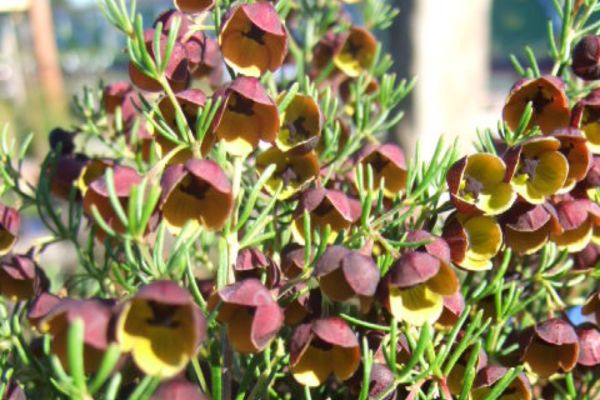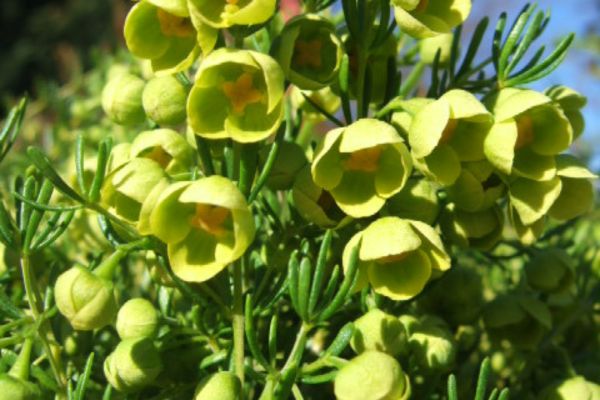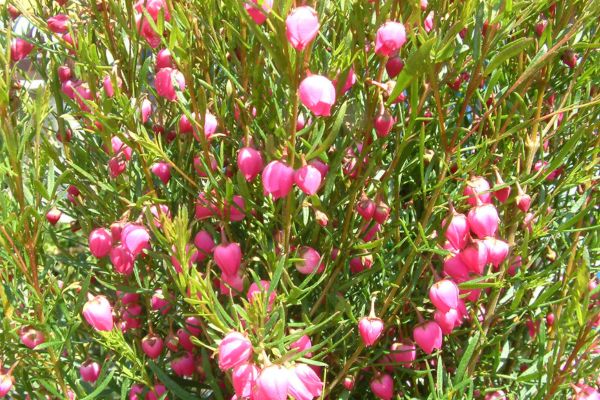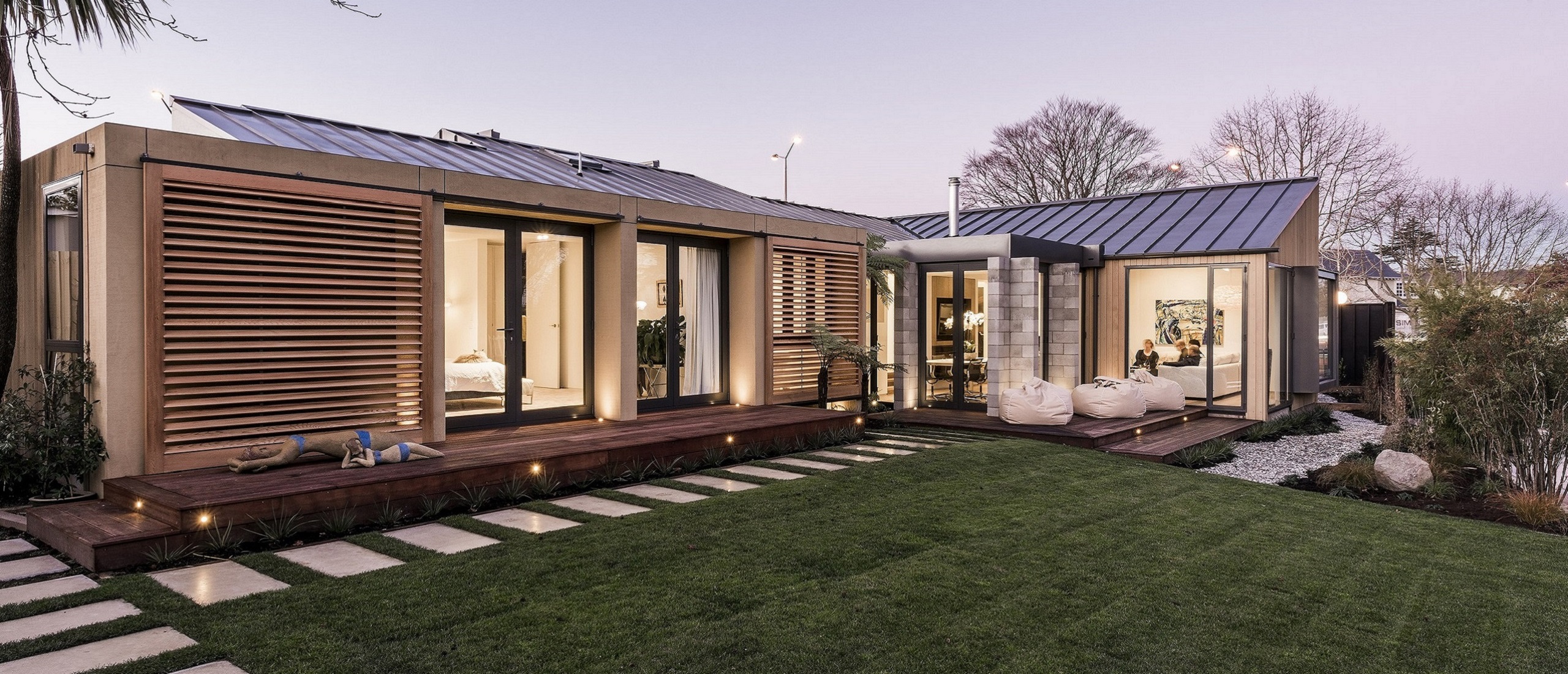Few plants have a scent as beautiful as the Boronia, but how can a plant so sweet be so demanding? Boronias needn’t be hard to grow. Read on for the know-how on Boronia do’s and don’ts.
Despite the large number of species found in the wild, there are relatively few Boronias in cultivation. This is probably due to the demanding nature of this delightful little Australian shrub.
Nearly all cultivated varieties have aromatic foliage and/or fragrant flowers.
Boronia Care & Boronia Maintenance
Boronia Soil Prep
Boronias need moisture-retentive soil, but will not tolerate wet feet, so be sure to choose a sheltered position with free-draining, slightly acidic soil.
In their natural bushland, Boronias love a sandy acid soil that drains quickly yet is sufficiently rich in humus that it never dries out. In the garden, this can be achieved by adding peat and leaf mulch.
Root Disturbance
The biggest ‘no-no’ as far as Boronias are concerned is root disturbance. When purchasing, always pick it up by the bag; when planting, cut the bag off the plant and put it straight into the hole with as little disturbance to the root ball as possible. Be careful not to disturb the root zone when weeding or fertilising the garden because this, often causing death, especially in the brown variety.
Boronia Positioning
Be sure you plant them in the right spot, as they most likely won’t survive being transplanted again. If you do not have a suitable garden spot near windows or doors to enjoy their fragrance, why not plant them in pots? Boronias will be happy in a container if the soil has low phosphorous levels; this means Oderings Shrub & Tub is the best soil to plant them in.
Pruning Boronia
Do not be afraid to cut armfuls of the delightfully fragrant stems to take indoors. Your plants will reward you with renewed vigour and a longer life. Boronias benefit from hard pruning after flowering; if you often cut the branches and take the scent of spring indoors, prune back by a 1/3. If you have left the plant untouched, you can prune back as hard as a ½.
Boronia Varieties
At Oderings, throughout the year, these are the main varieties you will be able to purchase:
Boronia Megastigma – Brown Boronia

Easily the most popular and well-known Boronia because of its magnificent heavenly perfume. Brown Boronia is more intoxicating, with a fragrance that wafts from its goblet flowers and will stop you in your track. Plant several by a window or door to fully appreciate their fragrance.
1m x 75cm
Boronia Megastigma Lutea – Yellow Boronia.

Lutea is Latin for yellow. Distinguished from its brown cousin by lighter green foliage and greenish-yellow flowers that have a fragrance reminiscent of lemons.
1m x 75cm
Boronia Heterophylla – Red Boronia.

A vigorous shrub that quickly forms a dense upright bush. Distinctive foliage aroma, flowers have little scent. What they lack in perfume, they more than make up for in appearance with masses of flowers from late winter to early summer that smother the entire bush. Great for floral arrangements, as the flowers remain fresh for longer.
1.3m x .75m
Boronia Denticulata – Pink Boronia.

A strong grower with narrow-toothed and strongly aromatic leaves. Profuse mauve pink, starry flowers appear in loose clusters from late winter through spring.
1.2m x .9m.
Whichever Boronia you decide upon, you will be rewarded with an unforgettable perfume in the garden in late winter and spring.
ENJOY!!




